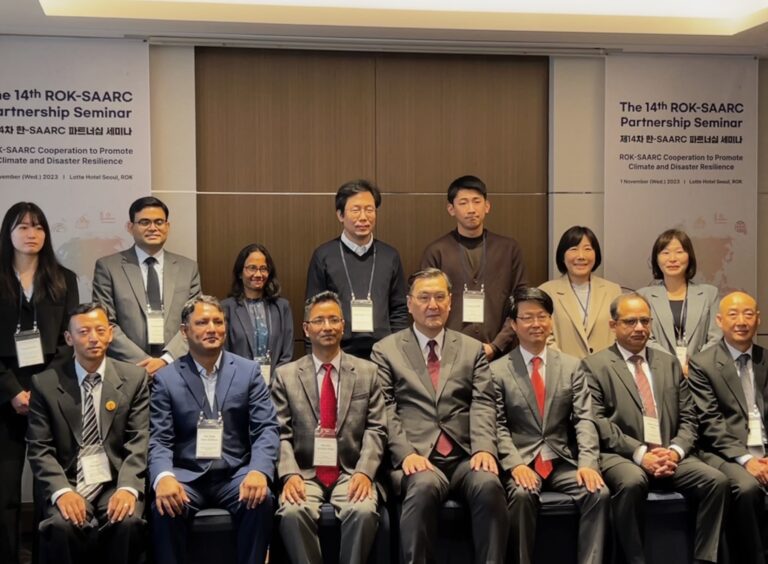In recent years, the frequency and intensity of natural disasters have increased significantly, causing widespread damage to life and property. As a result, the World Meteorological Organization (WMO) took a step toward calling for investment in tailored weather and climate information, forecasts, and services.
One of the most important elements in climate forecast tools is early warning systems (EWS). EWS are integrated systems that monitor, forecast, and predict hazards, assess risk, and communicate information to enable individuals, communities, governments, businesses, and others to take timely action to reduce disaster risks.
Early Warning Systems for Natural Disaster Risk
The United Nations Office for Disaster Risk Reduction (UNDRR) defines EWS as:
“An integrated system of hazard monitoring, forecasting, and prediction, disaster risk assessment, communication and preparedness activities systems and processes that enable individuals, communities, governments, businesses, and others to take timely action to reduce disaster risks in advance of a hazardous event.”
According to WMO, the concept of multi-hazard early warning systems has been promoted at the international level. Such systems address several hazards and/or impacts of similar or different types in contexts where hazardous events may occur alone, simultaneously, cascadingly, or cumulatively over time, considering the potential interrelated effects.
There are many examples of how successful EWS has played a critical role in reducing the impact of natural disasters. For instance, the Hong Kong Typhoon Warning System has helped to save lives and property by providing accurate and timely warnings of approaching typhoons. The French heat wave early warning system helped to reduce the number of heat-related deaths in 2006 compared to the previous heat wave in 2003.
The Importance of EWS
Historically, EWS has been considered an important element of disaster risk reduction systems. It supports the disaster management systems to prevent loss of life and economic, and material impacts of hazardous events including disasters. WMO cited the fact that between 1970 and 2021, there were nearly 12,000 reported disasters from weather, climate, and water extremes, causing $4.3 trillion in economic losses – the majority of them in developing countries. However, integrating EWS with disaster management systems can help to mitigate the deadly impacts of disasters. This can also help to reduce poverty by giving people the chance to anticipate and “limit the economic impact” of disasters. For example, early warnings can help farmers make decisions about crops and planting, which can help to prevent crop failures and food shortages.
RainbirdGEO’s Actions
Following the lead, the guidelines, and the checklist of WMO for multi-hazard Early Warning Systems to reduce natural disaster risk, RainbirdGEO has always been continuously improving our climate early warning products. We are proud to be one of the first companies in Korea to be licensed to use data from the GK2A climate satellite.
Our team of experts has years of experience working with NGOs, government agencies, and the private sector. We use advanced technologies to develop and deliver accurate and timely early warning systems that are tailored to the specific needs of our clients. Our products and services include:
- Regional early warning systems that can be customized to meet the needs of specific communities or regions
- Regional climate maps that provide information on climate trends and patterns
- Climate-related solutions consulting services for businesses
- Climate API/FTP data analysis


We are committed to providing high-accuracy and timely early warning and predicting services that help to reduce the impact of natural disasters. We also believe that it is important to support communities that are most at risk from natural disasters and climate change.
Contact us at: support@rainbirdgeo.com for requests or
Learn more about our solutions and projects at: https://rainbirdgeo.com/





